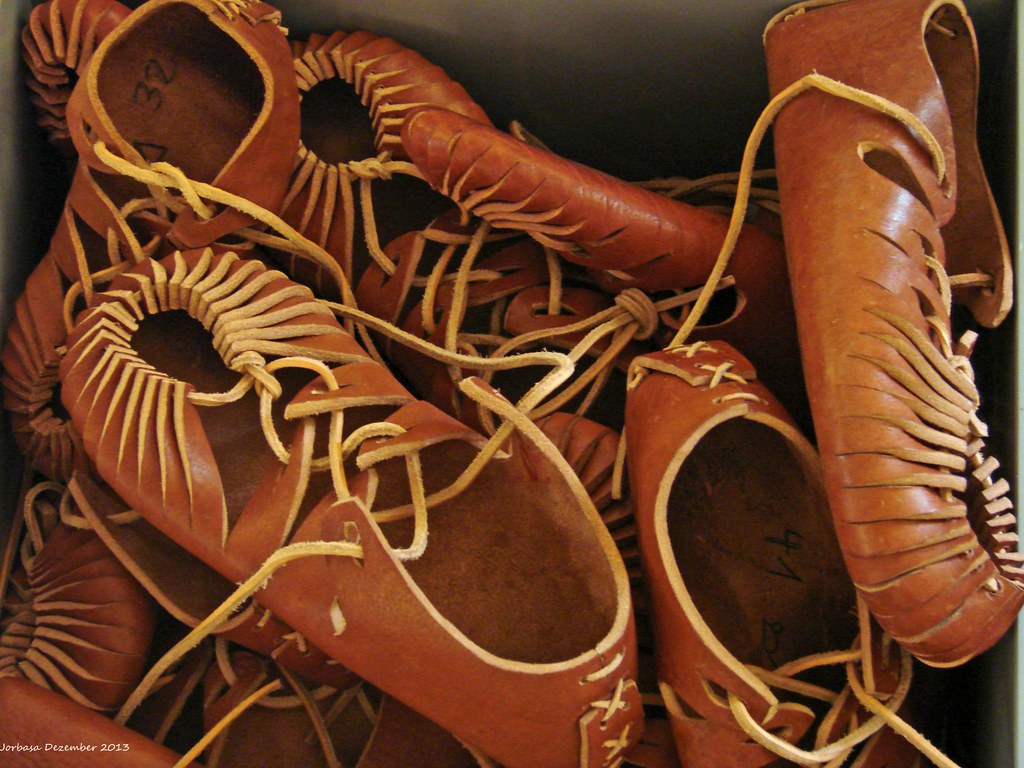The Prophet (blessings and peace of Allah be upon him) gave his sandals to Abu Hurayrah to gladden those he met. Keeping and wearing these sandals has significant meaning to Muslims.
According to the Hanbalis, it is permissible for pilgrims in ihram to wear khufoof that are cut to come below the ankles. However, the Shafa’is disagree with this opinion.
Comfort
In one of the many narrations that mention the Blessed Sandals of the Prophet (Allah bless him and give him peace), he is described as wearing Roman Sandals. It has also been narrated that they were made of leather and very thick, covering all of the foot, ankle, and heel. This makes them very comfortable to wear and gives them a unique look that distinguishes them from other shoes.
Some scholars have interpreted this to mean that it is not haram for the pilgrim in ihram to wear the khufoof if they are unable to find sandals, so long as they are cut down and cover the foot and ankle. Other scholars have granted a concession to allow them to be worn by analogy with that which is like sandals, such as other footwear.
They have been further argued that the reason the Prophet (blessings and peace be upon him) gave Abu Hurayrah his sandals in the first place was to show that they were indeed his. This was to ensure that the people knew that what he was saying was in accordance with Islam, and not his own opinion.
Modesty
Aside from being clean and practical, wearing sandals also represents modesty for Muslims. It reminds them that they are not better than others, and that they should not seek to draw attention to themselves.
This is the reason that some scholars such as Hare (1996, 240) and Schueler (1997) see modesty as a form of humility. Moreover, they point out that modesty is compatible with epistemic defects but does not require them.
Dr Ather mentions a narration from the Messenger (blessings and peace be upon him) that says: “Whoever cannot find sandals should wear the khufoof but cut it so that it is like sandals”. This means that any shoe which comes lower than the ankles is permissible because it has been transformed from a khafif which is prohibited to something similar to sandals. Hence, some later shaykhs made a concession allowing shoes as a result of this hadith. The Prophet (blessings and peace be upon his soul) himself wore a variety of different types of sandals.
Cleanliness
As a Muslim, it is imperative that you follow the Prophet’s (peace and blessings of Allah be upon him) example when it comes to attire. This is especially true when it comes to praying. There are many hadiths that mention that the Prophet used to pray with his shoes on. However, there are a few conditions that must be met for this to be permissible. First, your shoes must be clean. This means that they should not have any impurities on them, as well as not staining the floor or carpet of the mosque.
Additionally, your shoes must be easy to remove and put on, which is important for Muslims who perform ablutions several times a day. Finally, your shoes must be comfortable and lightweight. This is why most Muslims wear sandals.
Practicality
The Prophet’s (Allah bless him and give him peace) external, physical appearance was one of the matters that Muslims paid particular attention to. This included his sandals, for they inspired in them a sense of the utmost humility towards their beloved Messenger.
Some scholars hold that wearing shoes is haram because the Prophet said not to wear sandals made of leather from a forbidden animal, like pigs. However, other scholars believe that the prohibition is only makruh and that it applies to all leather footwear, not just sandals.
Also, the scholars of Maalikis, Shaafi’is and Hanbalis all include sandals in the prohibition against shoes that cover the feet. Thus, they consider it permissible for one to wear khufoof that have been cut down so they come lower than the ankle, provided that sandals are not available. This is a concession given in the absence of a better alternative, to avoid wasting wealth unnecessarily. However, if the cut-down khufoof are made from a permitted animal and they look and feel similar to sandals, then they are acceptable to wear.
